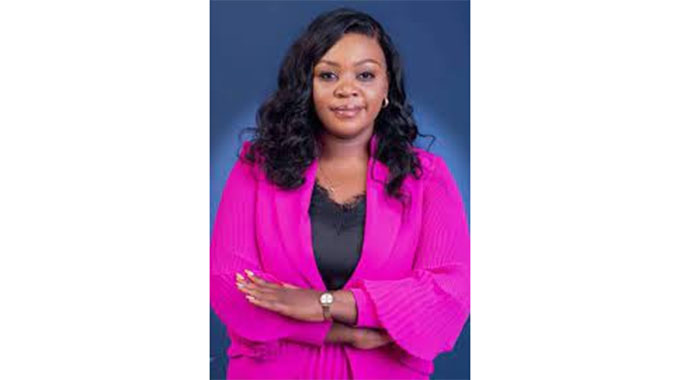Happy Nowruz: universal celebration of new beginnings

Nowruz, in word, means “New Day”. It is the new day that starts the year, traditionally the exact astronomical beginning of the Spring. Iranians take that as the beginning of the year. This exact second is called “Saal Tahvil”. Nowruz with its’ uniquely Iranian characteristics has been celebrated for at least 3,000 years.
Nowruz, is a universal celebration of new beginnings: wishing prosperity and welcoming the future, and escaping from the past.
You may compare it to Christmas celebrations. However, there is much more to it than that; family gatherings, street performances, fire festivities, and delicious Persian dishes, to name a few.
The millennia-old festivity is primarily observed in Iran, Afghanistan, Turkey, the Kurdish regions of Iraq as well as in those countries, where there are significant diaspora populations of Parsis, including India.
From a wider perspective, it is celebrated in many regions from the Balkans to the Black Sea Basin and from Central Asia to the Middle East.
On the request of nations like Iran, Afghanistan, Albania, India, Kazakhstan, Turkey, and Turkmenistan, March 21 was formally recognized by the UN in 2010 as International Nowruz Day.
As mentioned by the United Nations, Nowruz “promotes values of peace and solidarity between generations and within families as well as reconciliation and neighbourliness, thus contributing to cultural diversity and friendship among peoples and different communities.” That’s why families use this time to deep clean their homes and closets and buy fresh clothing.
Traditionally, Iranians decorate a Nowruz table with — among other things — goldfish, wheat grass, candles, and mirrors. In fact, the “Haft-Seen” table, embraces seven symbolic items starting with the Farsi letter “S.” The colourful items include herbs, dried nuts and fruits, wheat grass, and vinegar, all of which stand for different hopes for the new year, such as health, wealth and lavishness.
The Holy Quran or poetry books are frequently placed on the table to represent education and enlightenment, and a goldfish is frequently placed there for good luck.
It is not a coincidence that Nowruz begins at the spring equinox when the sun crosses the equator and day and night are of equal length. The Iranian calendar is a solar calendar, which means that it uses astronomical observations to determine time-based on Earth’s rotation around the sun. As a result, the natural phenomenon of the vernal equinox always ushers in the new year.
Along with sparkling homes and new clothes, many people socialize with neighbors and friends, eat together, and throw events. The two-week celebration is filled with parties, craft-making, street performances, public rituals, and lots of food.
People go outside thirteen days after Nowruz and plunge the wheat grass they’ve been cultivating and using to adorn Haft-Seen tables into moving water. The custom is upheld on the 13th day following the start of the new year, a day that is typically associated with bad luck. Communities throw out wheatgrass, which is said to absorb all evil forces from home to ensure good fortune for the coming year.
Iranians also have the legends of Amoo Nowruz and Haji Firooz, whose characters can be traced back hundreds of years.
It’s possible to think of Amoo Nowruz as a version of Santa Claus while Haji Firooz, who is depicted with blackface, pops up on the streets to bring good wishes.
On the last Wednesday of the year, many people hold a time-honored tradition, named Chaharshanbe Soori (or, “Red Wednesday”), to jump over bonfires to mark the final few days of the old year, singing traditional songs and repeating the phrase, “Give me your beautiful red colour and take back my sickly pallor!”
Children run through the alleyways, loudly banging on pots and knocking on doors while pleading for candy or cash. It resembles Halloween in some ways.
Narratives say that fire represents a sign of light and good as people make wishes for happiness, health, and goodness for the new year.
This year — which in the Persian calendar is the year 1403 — will ring on March 20, 2024, at 06:36:26 a.m. in Iran.








Comments